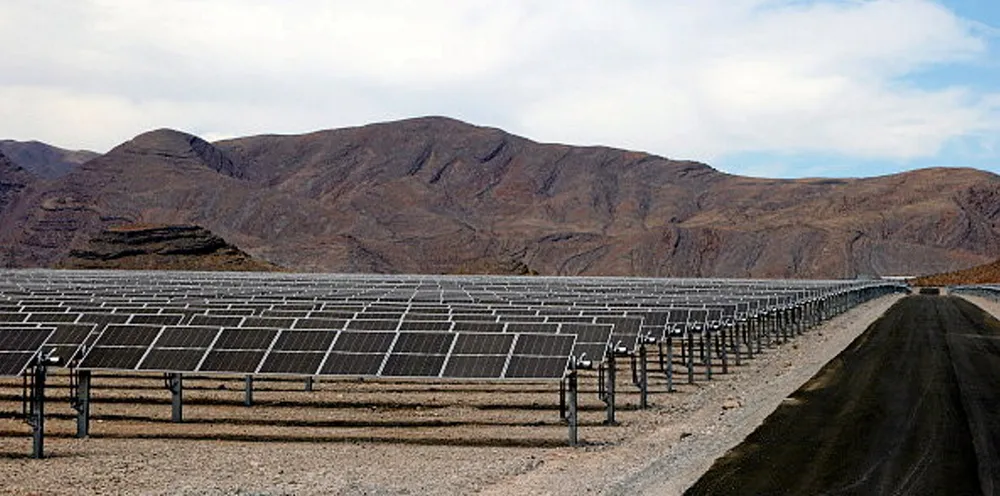'Ready to begin' | Financing locked in for US' largest-ever solar-plus-battery project
Investment house Quinbrook and development partner Primergy close $1.9bn in construction debt and tax equity financing for giant Gemini project in Mohave Desert

Investment house Quinbrook and development partner Primergy close $1.9bn in construction debt and tax equity financing for giant Gemini project in Mohave Desert
